
Lexus GS Saloon engines, drive and performance
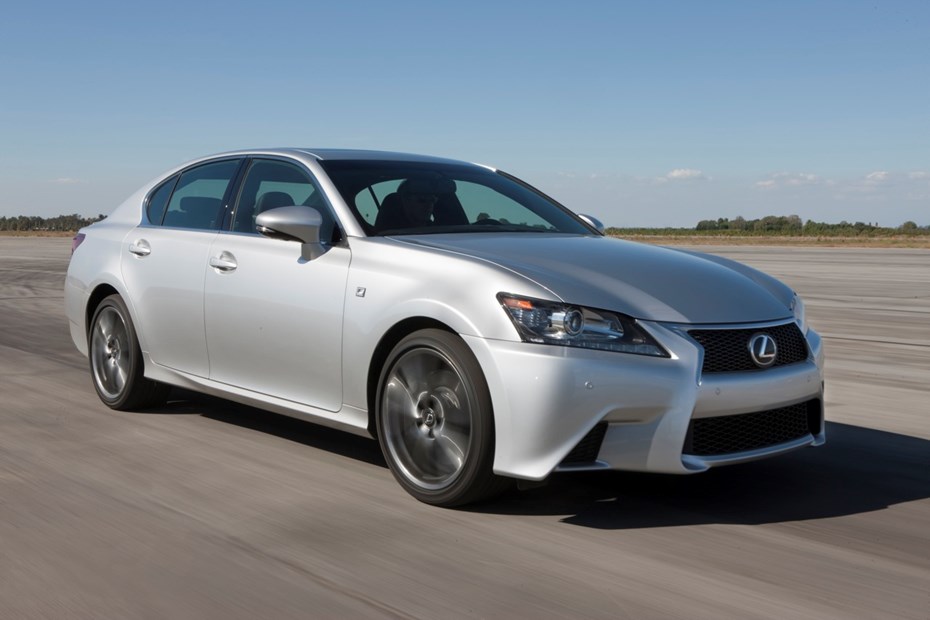
- Two hybrid powertrains available in the GS
- That makes it unique in the executive class
- Performance is fairly strong for both
Performance is potent in the GS if you go for the top GS 450h, while the GS 300h is a more relaxed machine. It’s still punchy enough for most buyers, though. Both engines available in the regular range are hybrids, making use of a petrol engine combined with an electric motor.
If you want a high-performance GS, Lexus will sell you the GS F, a V8 petrol version taking aim at the likes of the Mercedes-AMG C 63 and BMW M5.
GS 450h performance
The more powerful hybrid GS – the 450h – is powered by a 3.5-litre V6 petrol paired with an electric motor. The petrol engine produces 296hp and 352Nm of torque, while the electric motor provides the equivalent of 200hp and 275Nm of torque. When working together, there’s a total system output of 345hp.
The GS 450h will go from 0-62mph in 5.9 seconds and on to reach a top speed of 155mph. It can travel under electric power alone up to around 20mph and uses both the engine and motor together in normal driving. Transitions between power sources feel seamless.
There are three driving modes: Eco (for those that want to drive in an environmentally friendly way), Normal and Sport. There’s also an additional Sport+ mode, which firms up the adaptive dampers (if fitted) and makes the powertrain more responsive. It doesn’t make the car any more fun to drive, though – the GS is definitely happier on motorways than twisting roads.
Although the GS 450h is quick, oddly it doesn’t feel massively fast. The main clue that you’re travelling quickly is the intrusive engine noise when you put your foot down – the 450h uses a CVT (continuously variable transmission) automatic transmission without fixed gear ratios. When accelerating hard it means the engine remains at high revs for a long time, which can be a little intrusive.
GS 300h performance
Compared with its big brother the GS 300h feels far slower but its performance is adequate in the real world. It too uses a petrol engine and electric motor but it’s a smaller 2.5-litre four-cylinder unit which offers far more competitive running costs.
The GS 300h produces a total system output of 223hp and 221Nm of torque, making it much better suited to relaxed driving around town and sitting on the motorway. Acceleration time from 0-62mph is 9.2 seconds and top speed is 119mph.
It never feels like it’s struggling, though, and will easily get up to speed on the motorway and, despite its CVT transmission, the engine noise never becomes intrusive. The GS remains a refined cruiser in all situations, enabling smooth and relaxed progress.
Lexus GS F provides V8 thrills
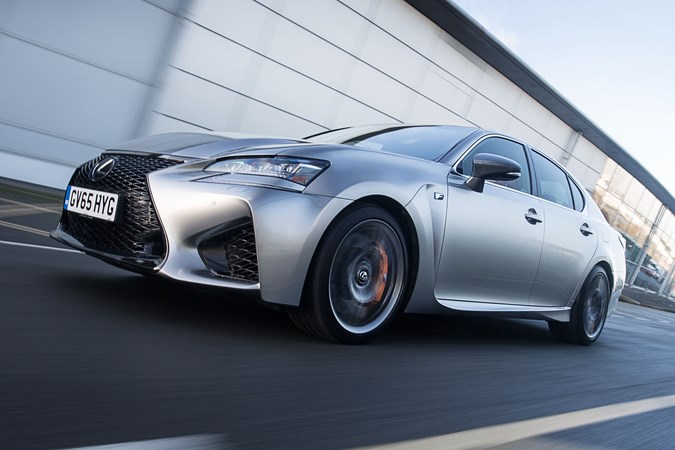
While everyone else seems to be shrinking their engines and adding turbos, the Lexus packs a whacking-great 5.0-litre unit with a delightfully split personality. It provides a proper muscle car soundtrack when provoked, yet cruises politely on the motorway when you need it to.
Compared with its forced induction rivals you certainly need to wind the big motor up to get the best out of it, with its 477hp maximum arriving at a lofty 7,100rpm, and peak torque of 530Nm on offer between 4,800 and 5,600rpm.
It makes the GS F feel quite inert but easy to drive at low speed, and also encourages you to go for the red line and soak up the magnificent range of noises from the engine and exhaust when driving fast.
While this type of power delivery suits a sports car like a Porsche 911, we’d like a bit more get-up-and-go from low down in the rev range to provide lazy overtaking power, something the twin-turbocharged unit in the Mercedes-AMG E 63 does very well.
As a result, the GS F never feels quite as fast as you’d imagine, although a 0-62mph time of 4.6 seconds proves it’s no slouch.
Automatic gearbox only for GS F
Putting that power down on the road is a torque converter automatic gearbox that does a fine job of stitching all eight gears together when you need a smooth get away, but provides punchy shifts when pressing on.
Take control with the manual paddles and a handy shift light emblazons the dials when you need to pull the right-hand lever.
These have a very pleasing mechanical action, with a reasonably long but well-damped throw and satisfying click. This makes the GS F feel a lot more involving on a windy road than leaving it in automatic mode.
Engine rev-matching means downshifts feel smooth, and this keeps things under control in a corner, but don’t expect the kind of double drop from fourth to second you get with a faster-shifting dual-clutch ‘box. The GS F needs a bit more time to set itself up while you’re braking.
Engines no longer available
From launch, there was also a conventionally powered GS 250 model, which relied on a 210hp 2.5-litre petrol engine alone to get the job done. It was a little too thirsty to offer competitive running costs, however, and was discontinued at the end of 2013.
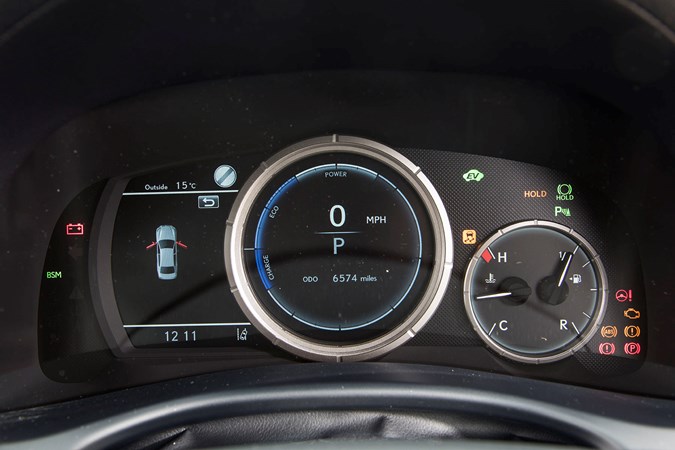
How does it handle?
- Lexus GS hybrids aren’t the most exciting
- Handling is safe and sensible for both
- GS F is much more hardcore
Despite there being the availability of a selection of driving modes on all models, the GS still isn’t as sharp as the BMW 5 Series or Jaguar XF – this isn’t a car for driving enthusiasts. It’s best left in Normal mode and getting from A to B on the motorway, which it’ll do in a very relaxed manner.
Through corners it feels grippy and fairly agile as long as you don’t’ push it too much, but there’s next to no feeling in the steering – there’s very little feedback as to what’s going on at the front of the car, with a slightly dull feel to it all.
We’d only recommend knocking the car into Sport mode if you’re planning to overtake (especially in the GS 300h) or on a twistier road, but the GS won’t reward like a BMW 5 Series will.
Lexus GS F handling
There’s a bit of a trade-off here with comfort and ease of use taking more of a priority, and as such the Lexus GS F doesn’t feel as sharp or direct as its rivals.
It’s a very easy and relaxing car to drive quickly thanks to balanced handling and a back end that takes a lot of persuasion to relinquish grip. A torque-vectoring system helps the rear axle portion out torque between the back wheels to keep you pointing in the right direction.
Four driving modes – Normal, Eco, Sport and Sport+ – tailor the response of the engine and gearbox, plus the steering weight, and also alter the graphics displayed on the digital rev counter. Normal and Sport+ felt the most useful, with Sport acting as a bit of a halfway house.
Further to this you can tune the traction control system with Standard, Slalom and Track, which ramps up the GS F’s agility and reduces the amount of electronic intervention. It’s a fun a flowing car to drive quickly but it doesn’t feel as agile as a BMW M5, which offers a lot more enjoyment on the limit. Scale your speed back a bit, however, and the GS F can still put a smile on your face.
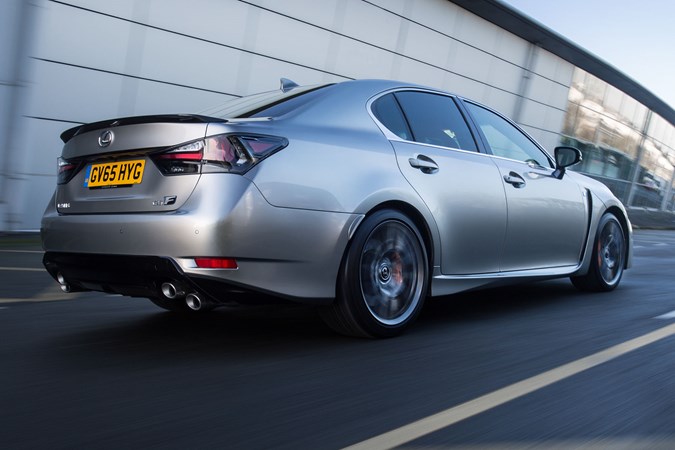









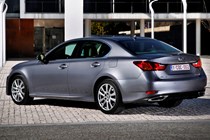
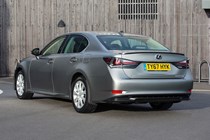



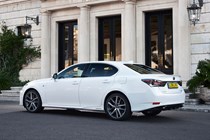
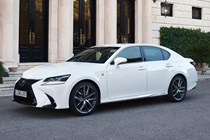
.jpg)
.jpg)
.jpg)
.jpg)
.jpg)
.jpg)

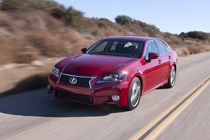
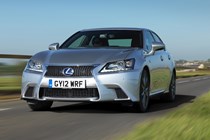


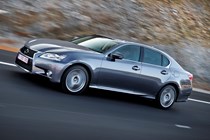
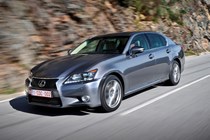
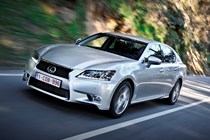
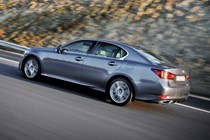

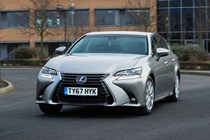
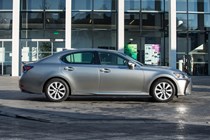
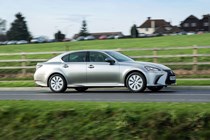



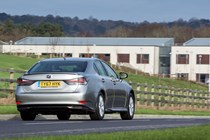






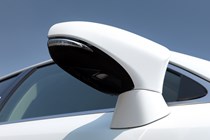


.jpg)
.jpg)
.jpg)
.jpg)
.jpg)
.jpg)
.jpg)
.jpg)
















.jpg)
.jpg)
.jpg)
.jpg)
.jpg)
.jpg)
.jpg)
.jpg)
.jpg)
.jpg)

.jpg)
.jpg)
.jpg)
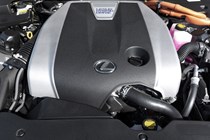
.jpg)
.jpg)
.jpg)














.jpg?quality=50)
.jpg?quality=50)
.jpg?quality=50)
.jpg?quality=50)
.jpg?quality=50)
.jpg?quality=50)


























.jpg?quality=50)
.jpg?quality=50)
.jpg?quality=50)
.jpg?quality=50)
.jpg?quality=50)
.jpg?quality=50)
.jpg?quality=50)
.jpg?quality=50)
















.jpg?quality=50)
.jpg?quality=50)
.jpg?quality=50)
.jpg?quality=50)
.jpg?quality=50)
.jpg?quality=50)
.jpg?quality=50)
.jpg?quality=50)
.jpg?quality=50)
.jpg?quality=50)

.jpg?quality=50)
.jpg?quality=50)
.jpg?quality=50)

.jpg?quality=50)
.jpg?quality=50)
.jpg?quality=50)